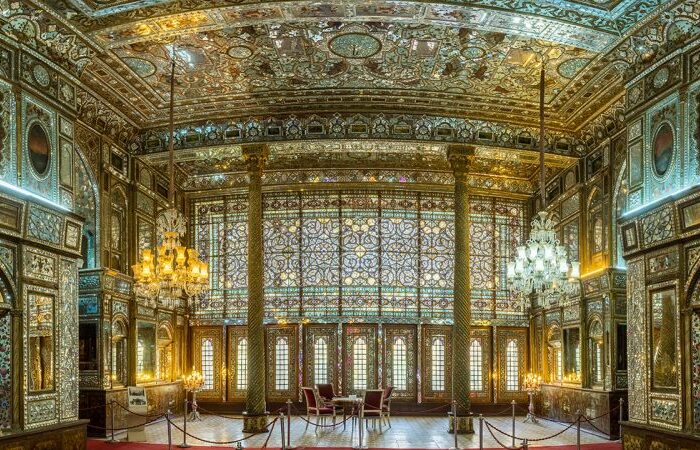Rajasuyarambha is the twenty-second upa parva included in the second Maha parva named Sabha parva in the epic Mahabharata. Various compilations of this epic are numbered differently and this one upa parva may be numbered in a different fashion. Vyshampayana had narrated the historical events to Janamejaya, on his queries:
After the departure of Narada Rishi, Yudhishtira had thought of Rajasuya yaga.

The proposal for conducting Rajasuya by Yudhishtira was known to Draupadi and she verified the royal treasury in their palace.
धर्मैर्धनागमैस्तस्य ववृधे निचयो महान् । कर्तुँ यस्य न शक्येत क्षयो वर्ष शतैरपि ॥
Meaning: Compatible with Dharma, money had been accumulated in the custody of Draupadi. Even if spent continuously for a hundred years, it would not be exhausted. There was sufficient wealth as accounted by the royal queen Draupadi.
स्वकोशस्य परिमाणं कोष्ठस्य च महीपतिः । विज्ञाय राजा कौन्तेयो यज्ञायैव मनो दधे ॥
Meaning: After determining the quantities of wealth in his custody in his palace and within his country, King Yudhishtira had made up his mind for Rajasuya.
After obtaining permission from Krishna, Yudhishtira had started the various preparations for Rajasuya yajna. He had sent his brother Nakula to the palace of Bhishma to invite all his brothers, elders and all relatives for the Rajasuya yaga. He ordered his brother Sahadeva to call the architects for the construction of special buildings for the accommodation of various guests and royal people who would be attending from various corners of the world.
God Krishna had camped in Indraprastha for the success of Rajasuya yaga.
Next post, Mahabharat: Jarasandhavadha would be more interesting.
Also, Mahabharat: Digvijaya parva would be presented separately in another article.
It is humbly prayed for the blessings of God Krishna upon us.
Readers may share this story with children, friends and family.

Leave a Reply